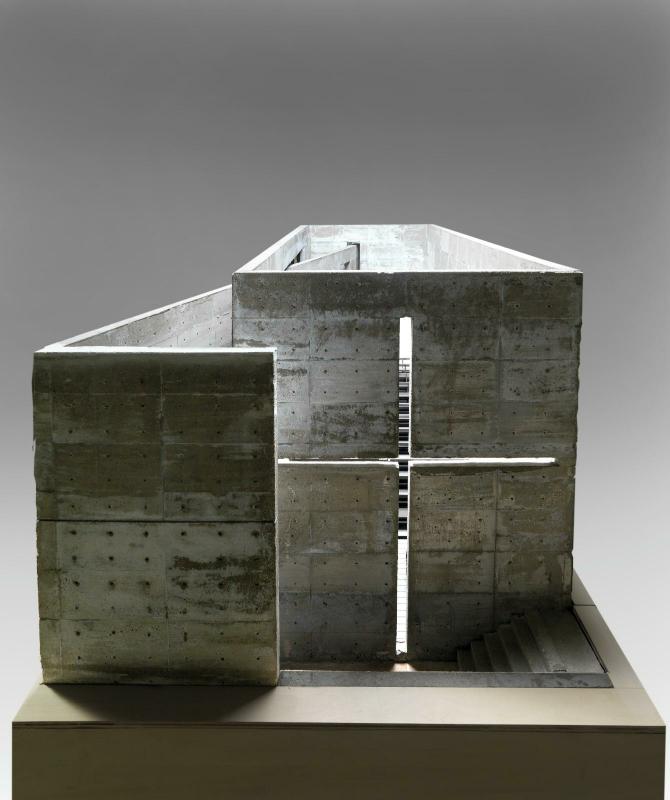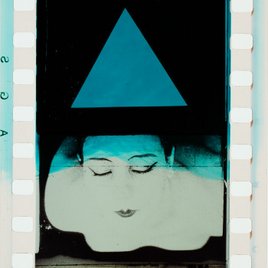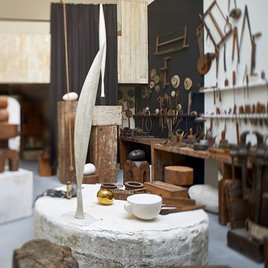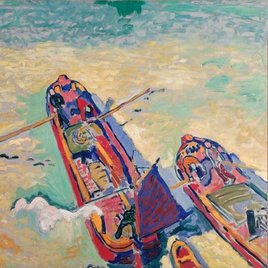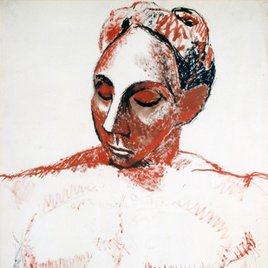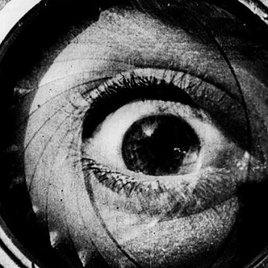Architecture
Boasting more than 13,000 works, the architecture collection of the Musée National d'Art Moderne is one of the largest in the world.
Created in 1992 by Dominique Bozo, President of the Centre Pompidou, its aim is to demonstrate the profoundly interdisciplinary dimension of modernity through its exhibitions and publications. The notion of architectural project gives the collection all its cohesion, developed from design to completion through all its forms, models, drawings, prototypes and writings. Documentary collection archived in the Kandinsky Library completes this knowledge base.
The timeline of the collection (from 1915 to the present day) draws together various movements and individualities by placing them in history. Thematic ensembles invite viewers to question modernism and radical architecture, as well as contemporary research.
Open to the issues which have marked the technical and technological innovations of the 20th and 21st centuries, the collection highlights the numerous connections between art and architecture, always remaining attentive to the utopia of an ever-changing world.
When it was first created, the architecture department was tasked with building a collection which would give an overview of contemporary and modern history: French modernism (Pierre Chareau, Eileen Gray...), Russian avant-gardes (Ivan Leonidov, Iakov Tchernikhov), Italian rationalism (Adalberto Libera). Important projects such as those of Jean Prouvé have helped to complete the collection.
Through the years, the works of prestigious architects have also been added, such as those of Renzo Piano and Richard Rogers, the designers of the Centre Pompidou. Other major works have been purchased, including the Modulor collage (1950) by Le Corbusier. Several architects are also furniture designers, thus creating a link with design.
At the crossroads of major periods, geographical areas and research trends, the collection is firmly rooted in internationalism. The collections from Italy, South America and Japan are particularly striking examples of excellence, while research on Indian architecture enables the viewer to better understand its interrelations with the European scene.
